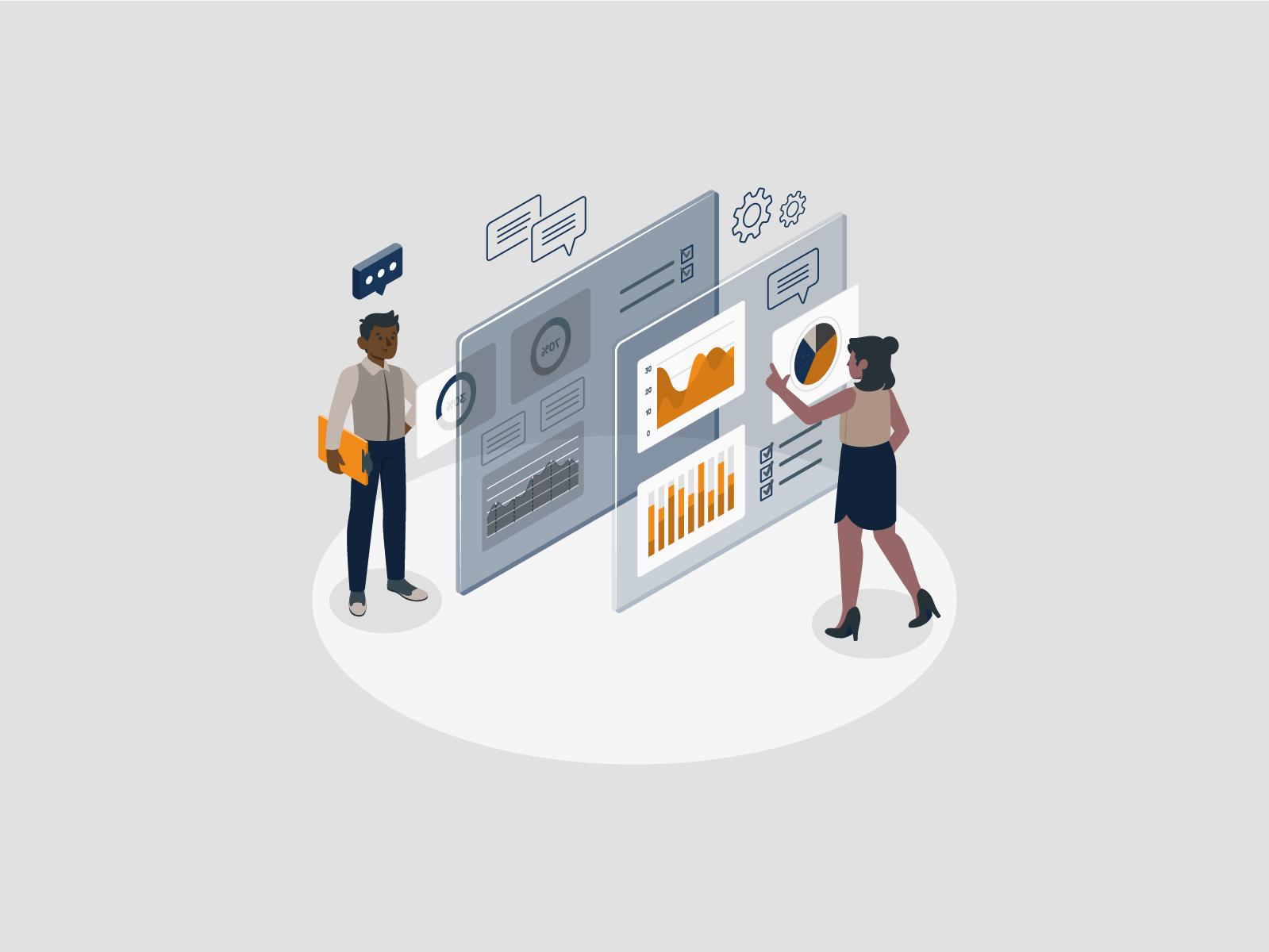
Information is the key to success. This is true when you go in for a job interview or if you’re on a first date. The more data you can learn, the more prepared you’ll be to make decisions about what direction to take with your future. Nowhere is this concept more necessary than with data science and professional business. As a business owner, you need to harness your information and prepare to make smarter business decisions thanks to the insights you’ve gained.
There is so much data coming into business systems every minute. Analytics helps you process those clusters and understand everything from a business intelligence perspective. You need data analytics to master certain changes and predict the future of your company. For years, basic data analytics was all you had access to. You could see general business intelligence, but it could be hard to figure out what to do with that. Thanks to growth in the industry and new techniques in advanced analytics, it’s easier than ever to gain meaningful insights and grow your company based on hard data and metrics. Let’s take a look at three of these important advanced analytics programs so you can understand why they’re important to invest in.
Table of Contents
What is advanced analytics?
Let’s start with the true definition of advanced analytics. Essentially, this is a technique to help you understand business data. It’s that simple. With techniques in predictive modeling, statistics, machine learning, and automation, these platforms help you go beyond traditional business intelligence. You can actually use your dashboards to understand statistical models and each complex event so you can react to them in real-time. Predict the future and decide your next steps with less risk when you use advanced analytics techniques. If you’re looking for deeper insights and a competitive advantage in your field, here are a few of the advanced analytics concepts you should know about.
1. Predictive Analytics and Prescriptive Analytics
Advanced analytics is all about reading your data science to help you understand and process future outcomes. Do just that with predictive analytics and prescriptive analytics. At the beginning of the advanced analytics cycle, you start with predicting different outcomes.
Predictive analytics uses historic data and deep learning to give you a clear picture of the different outcomes you may see in your business. Use these predictions in creative ways with prescriptive analytics. This is why you actually test different data analyses and try out changes to see the best potential outcomes. Combined, these can help you beyond just traditional analytics.
2. Data Visualization
When you first get your data sets, there’s a chance your big data will just be confusing sets of numbers and sequences. This is where advanced analytics can help with data visualization. Take large datasets and break them down into graphs, charts, and plots with these business intelligence tools. This will help everyone in your organization to understand the data and see correlations in the metrics. You don’t have to be an advanced data scientist to understand your data using visualization techniques.
3. Machine Learning
Do you ever wish your computer could think for itself and do the work for you? Well, with machine learning, it can. This technique allows you to program specific algorithms and let your computer do the rest. Rather than worrying about the busy work of processing data and organizing your information, machine learning techniques will automatically separate and configure your big data. Using artificial intelligence and advanced analytics platforms, machine learning takes care of the little details in real-time so you can make smarter, more decisive actions for the betterment of your business long-term.




